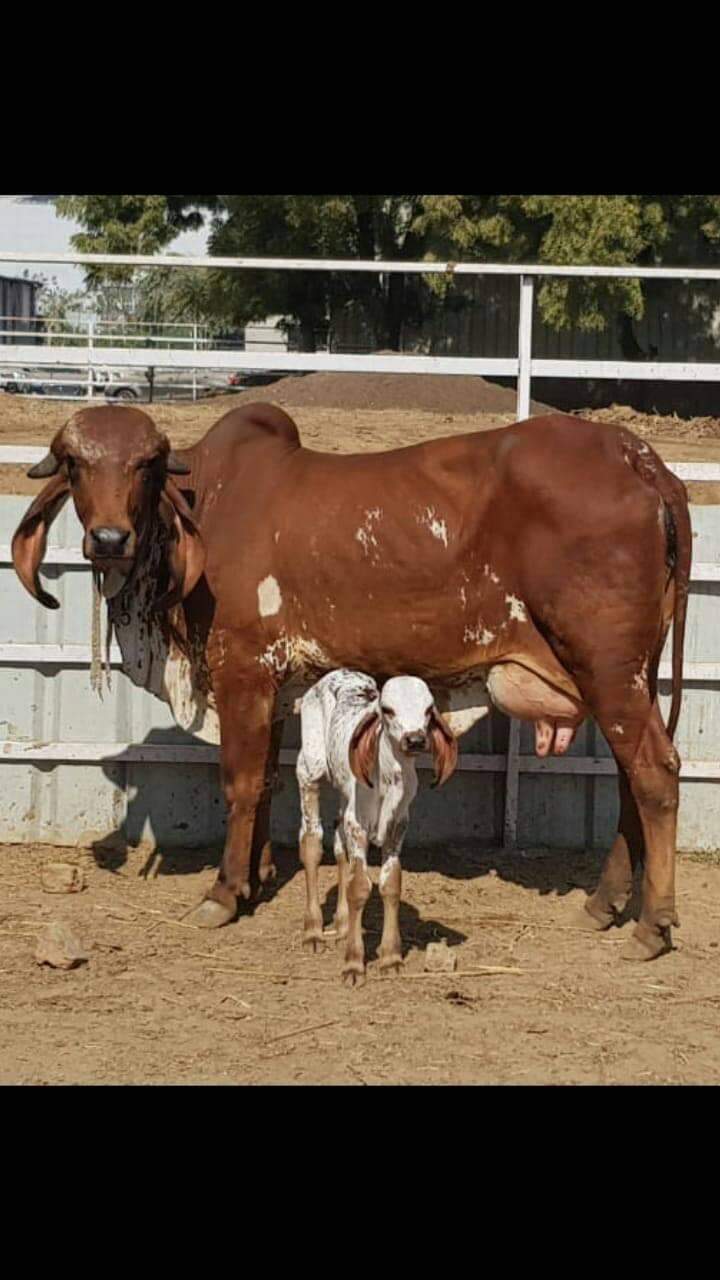The Importance of Fibre Quality in Feed
Importance of Fiber Quality in Feed
When to Suspect that the Cow is not Getting Enough Good Fibre Quality in Feed:
It is important to take regular rounds of the farm to observe the behaviour of cows, as it can reveal a lot about feeding management like fiber quality in feed.
Count how many cows are:
- Feeding near the manger
- Standing and ruminating
- Lying and ruminating
- Lying and resting
In general 20-30 % of the cows should be feeding (provided that feeding is ad lib and the feed is always available to them) 80% of the cows that are not feeding should be ruminating and most of these should be comfortably lying and ruminating. Cows that are ruminating should foam at the mouth. If the herd’s behaviour is not in accordance with this statistic, the fibre quality in feed may be at fault.
Roughages predominantly consist of fibre and are poor in protein. While farmers often face the question of how much roughage should be included in feed, it is important to note that roughages are extremely important for animal health and productivity. Cows have a larger rumen volume than most ruminants and the passage rate from the rumen is also a lot slower. The best way to measure the quality of roughage is to determine Acid Detergent Fibre (ADF) and Neutral Detergent Fibre (NDF). These tests can be done in most feed analysis laboratories. The acid detergent fibre test measures the cellulose and lignin content of a feed. Cellulose is a digestible form of fibre, while lignin is an indigestible form. ADF is a good measure for calculating the energy value of forages, while the NDF test measures the cellulose, hemi-cellulose (a poorly digestible material), and lignin content of the feed. With feeds that have plenty of long roughage, the minimum recommended NDF level is 25%, failing which the rumen ecosystem becomes vulnerable and potentially dangerous to the animal’s health. Research has proved that when cows are grazing in native pastures they have the ability to manipulate their diet by selecting forages that are good for their rumen. If they eat something that tends to make their rumen more acidic, they can then search for another long roughage forage with a higher fibre content to balance out their diet. When the animal is fed on a farm, the selection is limited to what the farmer feeds them; also, since the feed is ground up, cows are not able to sort or forage for themselves.
Unfortunately, the nutritional information available on most packaged feed provides only the value of the crude fibre content, and does not break it down according to ADF or NDF. As a general rule, a higher crude fibre value in feed indicates that the feed is rich in roughages. If the feed label reflects that the roughage level is low but the crude fibre level is high, then the fibre is from a source that is not useful in rumen activation or rumination. Based on several studies it is now proved that when cows are fed concentrate ration that is not mixed with hay or silage, it is important that the concentrate comprises at least 16% crude fibre.
Dr. Abdul Samad
Ex-Dean and Director, MAFSU, Nagpur


